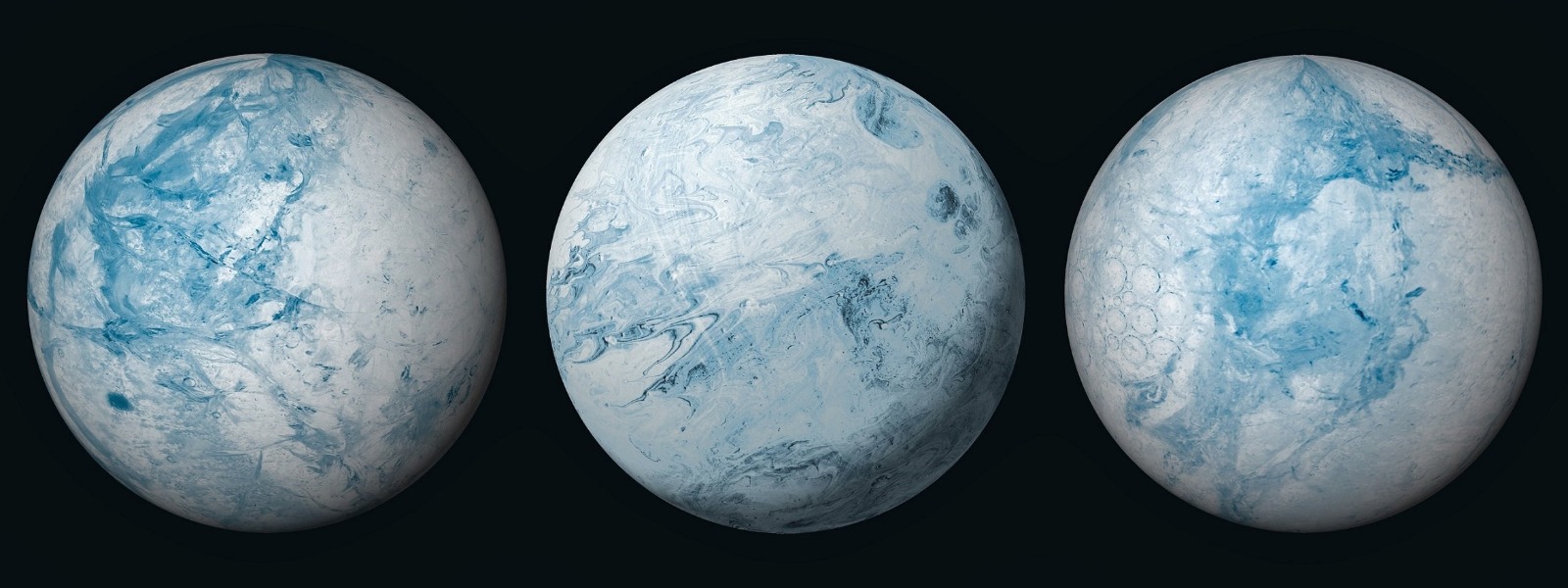

Cosmox Blogs
Exoplanets: Finding Life In The Universe
The idea of discovering life, or finding a companion, amidst the darkness and void that envelops our universe, feels almost surreal. The cosmos is a tapestry woven with millions upon billions of stars and systems, each cradling planets of their own, contributing to the vast galaxies that form our universe. Most of these planets orbit a star, while those that don't drift aimlessly, are tethered only to the pull of the galactic center. These distant worlds, lying beyond the reach of our solar system, are known as exoplanets. There are more than 4,000 known exoplanets, bewildering in their variety. Some are familiar to us, worlds analogous to Venus or Neptune. Others are like nothing in our solar system, so we describe them as hot Jupiters, carbon planets, and super-Earths.
Every exoplanet is different, whether in composition, size, age, or distance from its host star. Each one is a unique world unto itself. Some of these planets lie within the habitable “Goldilocks zone,” yet still may be inhospitable due to tidal locking or the luminosity of their star. It often makes me wonder: why are we, as a species, never content? We have what we need, so why seek beyond? This question has kept me up at night, and yet, the prospect of finding another place to call home besides Earth feels both eerie and inevitable. It isn’t just about science—it’s about survival. Our resources are dwindling, our population is growing, and we need a new world that can sustain us. So, we chose to venture outward, to find another Earth—a second home.
History of Exoplanets
Exoplanets are truly quite captivating. They not only leave us in awe but also remind us that there is so much to discover in our universe. Exoplanets are planets that orbit stars outside of our solar system. Just like the planets in our solar system orbit the Sun, exoplanets orbit other stars. They can vary widely in size, composition, and distance from their host stars. Some exoplanets are similar to Earth, potentially having conditions that could support life, while others are very different, such as gas giants or rocky worlds with extreme climates. Scientists have been researching and looking for exoplanets that are potentially habitable for many years. This could change the way we live our lives. There are many movies about exoplanets and interstellar journeys. The Earth's condition is getting worse day by day. As depicted in many sci-fi movies, it may soon be time to leave our earth behind for the sake of preserving the human race. Sounds exciting, does it not? I'm sure a lot of people have watched the movie 'Wall-E' growing up. As much as we hope that the earth doesn't end up in that condition, it may be inevitable the way humankind is progressing. Exoplanets have been known to exist for far longer than one might think. The concept of exoplanets has roots in ancient astronomy, although it wasn't until the 20th century that the idea gained serious scientific attention. The first exoplanet or should I say ‘exoplanets’ were discovered in 1992 by Aleksander Wolszczan and Dale Frail. They detected planets orbiting a pulsar (rapidly spinning neutron star) PSR B1257+12. The exoplanets were named Poltergeist and Phobetor. In the early 2000’s, discoveries of exoplanets became much more frequent. NASA's Kepler Space Telescope was launched with the primary mission of finding Earth-like planets in the habitable zones of other stars. Kepler's data led to thousands of exoplanet candidates and confirmed the existence of many exoplanets, dramatically increasing our knowledge of their diversity. In 2011, Kepler identified planets that were similar in size to Earth, some located in their star's habitable zone where liquid water could exist. This was a huge discovery for NASA. Now in the 2020’s, the field continues to evolve rapidly with discoveries of interesting exoplanets. The study of exoplanets has expanded to include a focus on their potential habitability and the search for life.
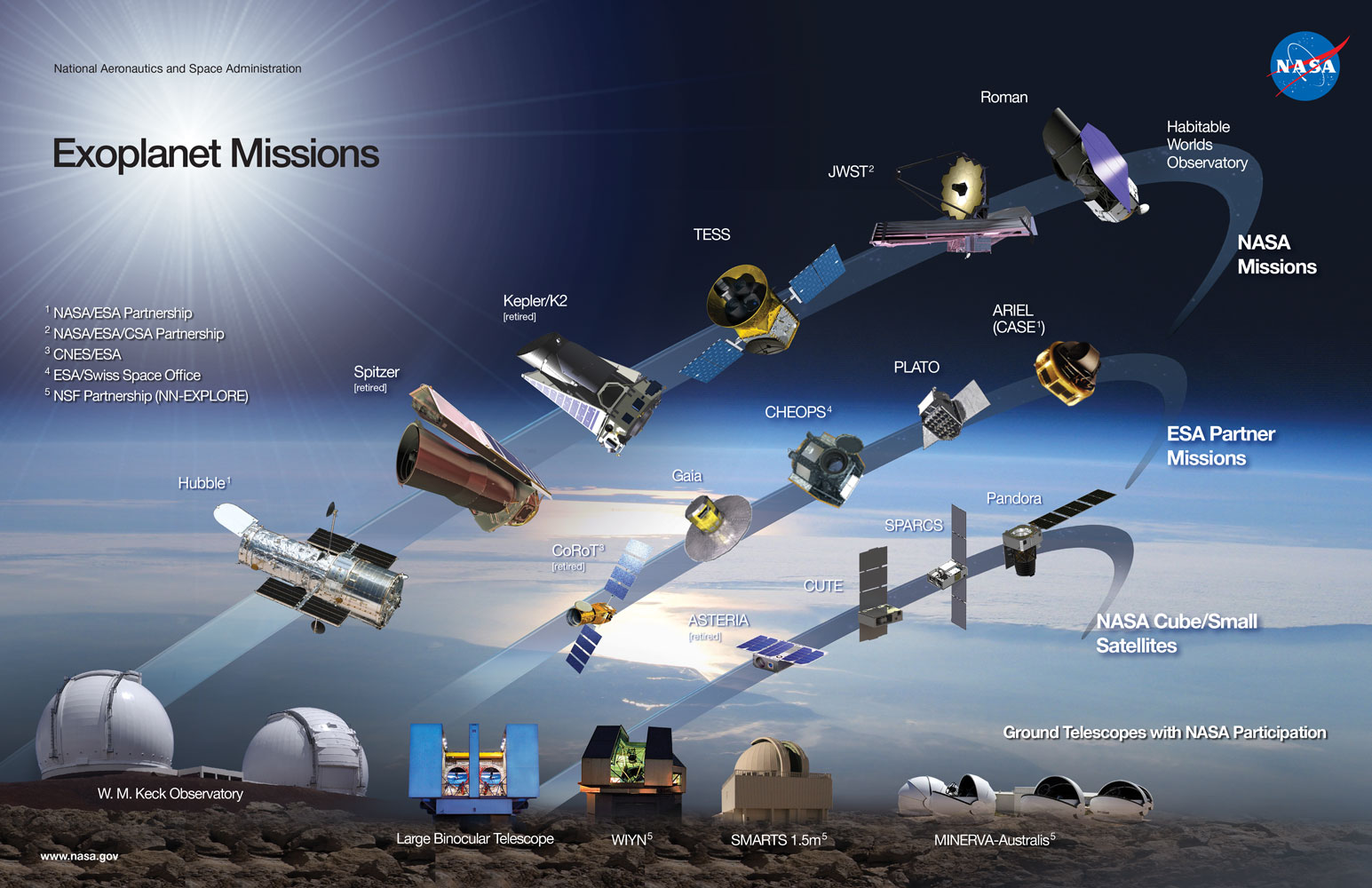
Types of categories
Fifteen types of exoplanets are currently listed in the unified astronomy thesaurus, and a few more names pop up in the literature. These types aren’t distinct; exoplanets can be described in more than one of these different ways. Five of the exoplanet types refer only to size (mass and diameter).
-> Rocky planets
-> Super-Earths
-> Mini Neptunes
-> Ice giants
-> Gas giants
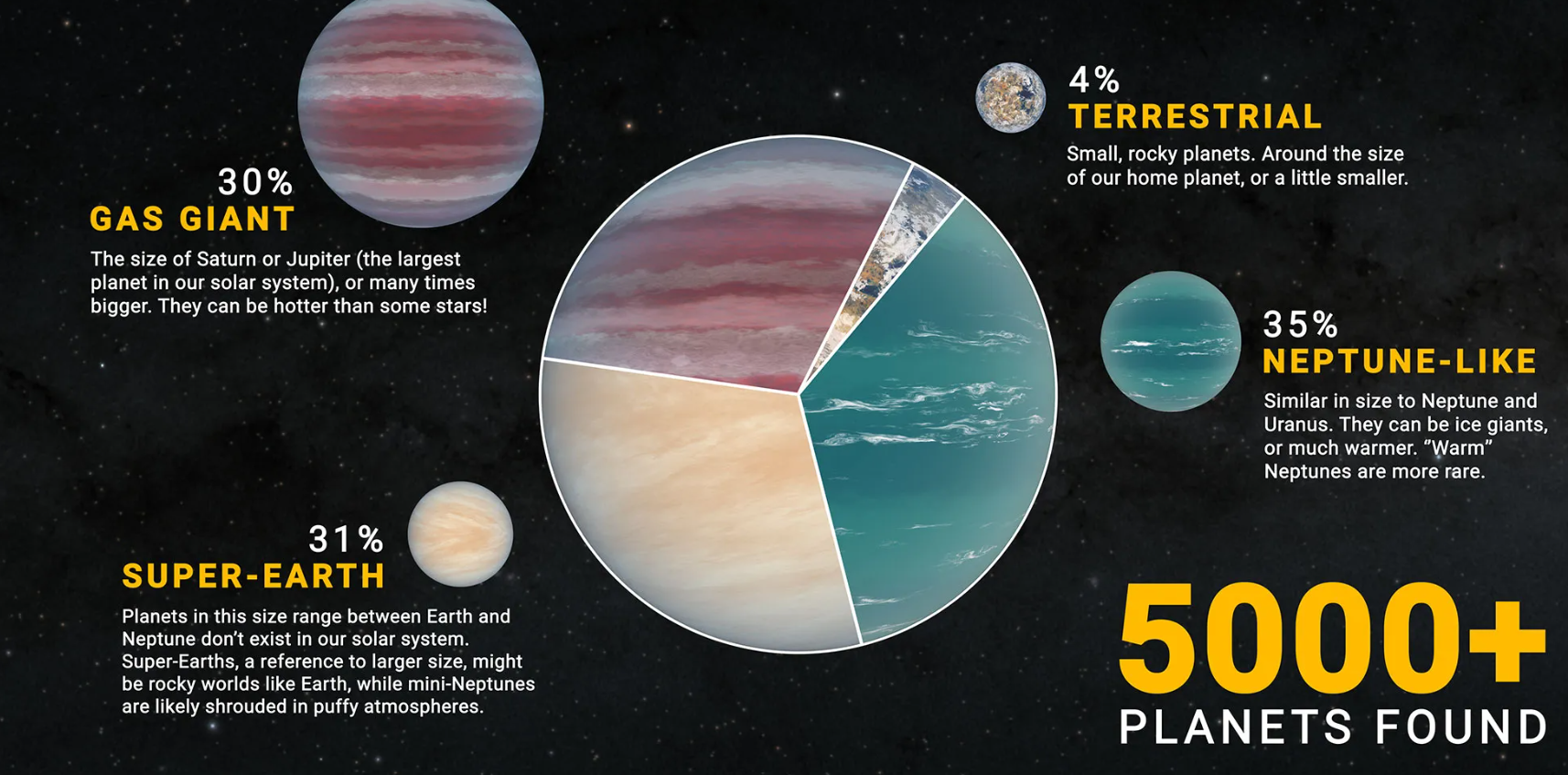
Rocky Planets
Exoplanets with a mass of less than 10 Earth masses are typically classified as rocky planets. Terrestrial planets, which are Earth-sized or smaller, are composed of materials like rock, silicates, water, and/or carbon. Determining whether these distant worlds have atmospheres, oceans, or other signs of habitability requires further investigation. Larger terrestrial exoplanets, those with at least twice the mass of Earth, fall into the category of super-Earths.
In general, terrestrial planets have a composition dominated by rock or iron, featuring solid or liquid surfaces. While they may have gaseous atmospheres, this is not a defining characteristic. Some rocky planets in the Earth-size range have been found within the habitable zone—the region around a star where liquid water could potentially exist. Although these features don’t guarantee that these planets are habitable, they offer promising directions for further exploration.
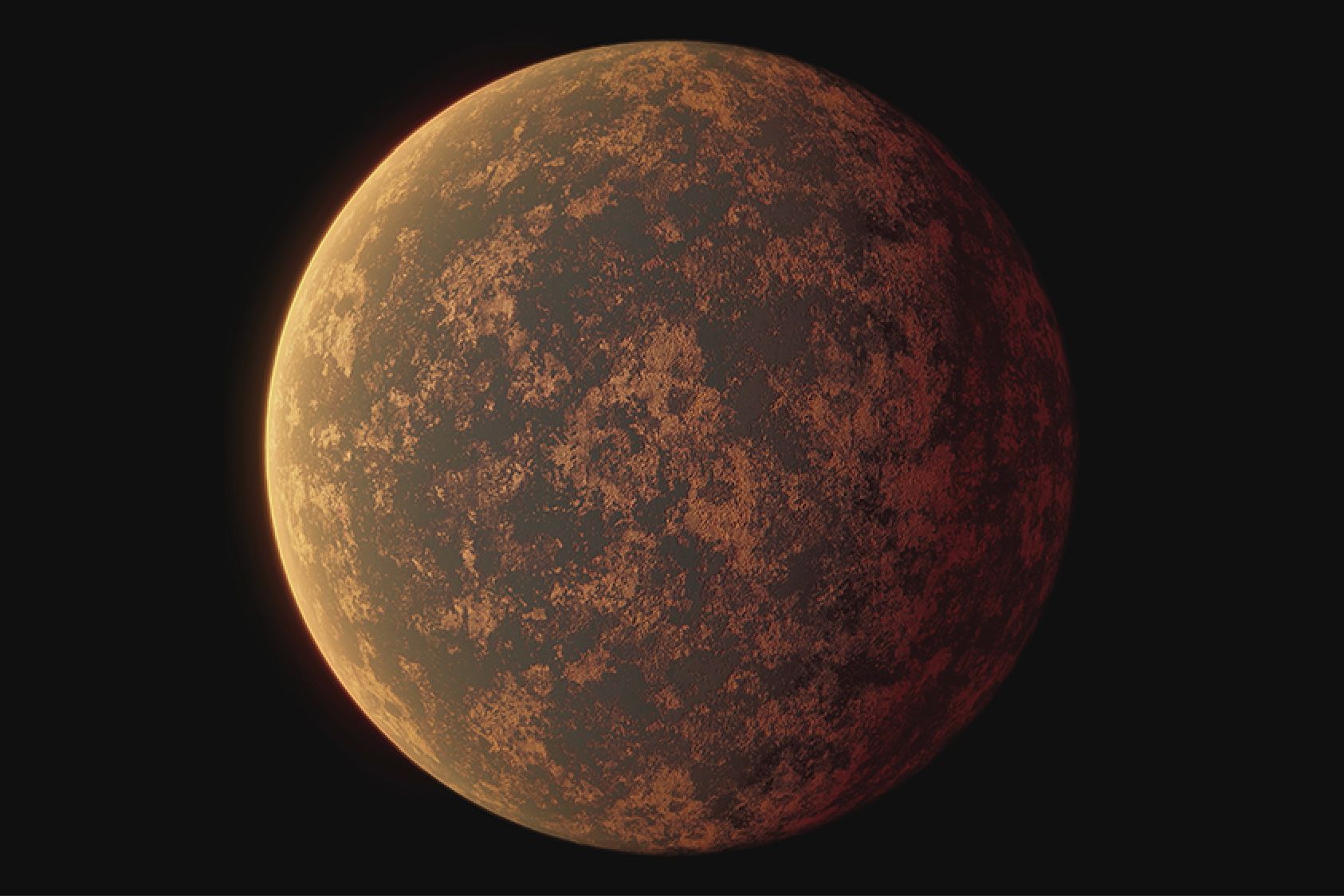
Super-Earths
Super-Earths, a class of exoplanets unlike anything in our solar system, are more massive than Earth but lighter than ice giants like Neptune and Uranus. These planets can be composed of gas, rock, or a combination of both, with sizes ranging from twice that of Earth to up to 10 times its mass.
The term "Super-Earth" refers only to an exoplanet's size—larger than Earth but smaller than Neptune—and does not imply that these planets are Earth-like. Their true nature remains uncertain, as there is nothing comparable in our own solar system, yet they are among the most common planets discovered in our galaxy.
Over the past three decades, we've encountered all kinds of strange planets with no counterparts in our solar system. Super-Earths, which can have up to 10 times Earth's mass, present a mystery, as we don’t yet know at what point they might lose their rocky surfaces. Within the 3-10 Earth-mass range, these planets could exhibit a wide variety of compositions, from water worlds to snowball planets, or even planets composed mostly of dense gas, like Neptune. Exoplanets approaching the upper size limits of Super-Earths are also known as sub-Neptunes or mini-Neptunes.
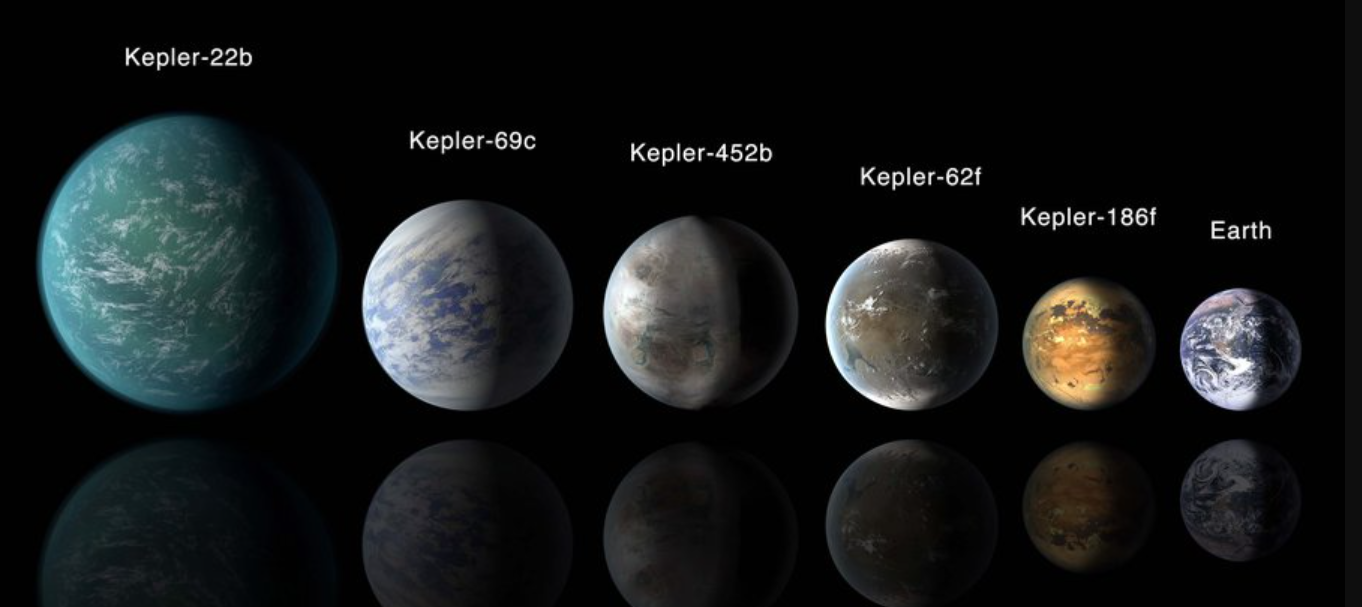
Neptunian
Neptunian exoplanets are similar in size to Neptune or Uranus from our solar system. These planets typically possess atmospheres dominated by hydrogen and helium, with rocky cores made of heavier metals. Neptune, for instance, is about four times the size of Earth and nearly 17 times its mass. While Neptunian exoplanets may have varied interior compositions, they all share the characteristic of having a rocky core surrounded by lighter elements. In addition to full-sized Neptunian planets, astronomers are also discovering mini-Neptunes—planets smaller than Neptune but larger than Earth, a type not found in our solar system.
Although Uranus and Neptune are primarily composed of hydrogen and helium, they also contain significant amounts of water, ammonia, and methane. These chemicals, commonly found frozen as ice in the cold outer reaches of the solar system, have led to Uranus and Neptune being dubbed "ice giants," even though their interiors are warm enough to prevent these substances from remaining frozen. In 2014, researchers discovered an ice giant exoplanet 25,000 light-years away. Although we don’t yet know much about its composition or atmospheric elements, it orbits its star at a similar distance as Uranus orbits the Sun.
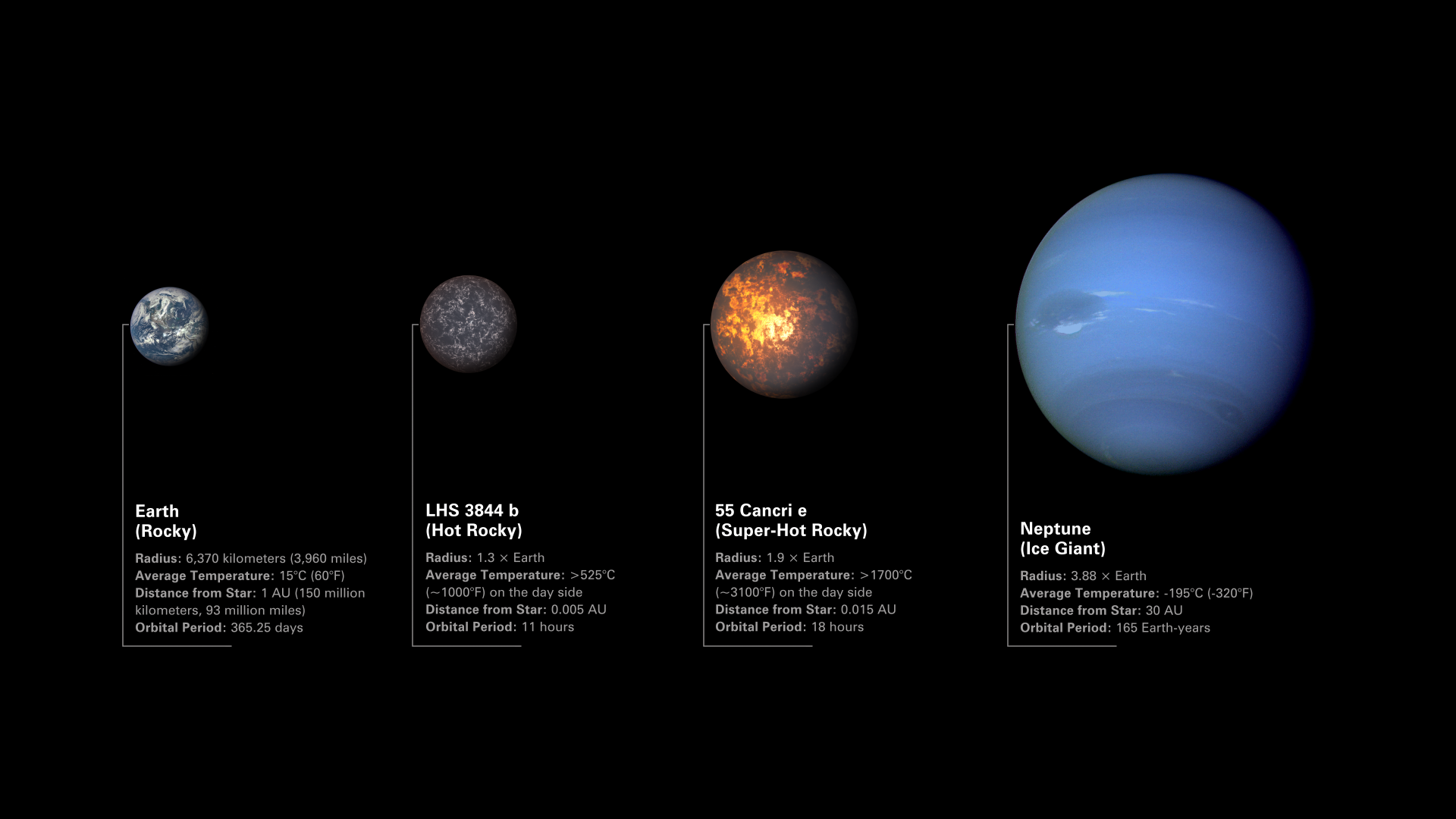
Ice Giants
An ice giant is a type of giant planet primarily composed of elements that are heavier than hydrogen and helium, such as oxygen, carbon, nitrogen, and sulfur. Unlike gas giants like Jupiter and Saturn, which are dominated by hydrogen and helium, ice giants have a much higher concentration of heavier elements, giving them distinct compositions and characteristics.
Ice giants are often similar to Neptune and Uranus in our solar system. These planets, while still massive, are not as large as gas giants and have significant amounts of water, ammonia, and methane. These substances, commonly referred to as "ices" in the cold outer solar system, contribute to the unique nature of ice giants. However, despite the term "ice," the interiors of these planets are not frozen; the intense pressure and heat inside them keep these materials in a fluid or slushy state.
The atmospheres of ice giants are typically dominated by hydrogen and helium, but their substantial cores of rock and metals, along with their icy components, differentiate them from their gas giant counterparts. Ice giants represent a fascinating category of planets that challenge our understanding of planetary formation and composition, especially as more exoplanets of this type are discovered throughout the galaxy.

Gas Giants
A gas giant is a massive planet primarily composed of helium and hydrogen. Unlike terrestrial planets, gas giants like Jupiter and Saturn in our solar system lack solid surfaces, featuring swirling layers of gas above dense, possibly solid cores. Beyond our solar system, gas giant exoplanets can be even larger than Jupiter and often orbit much closer to their stars than anything we observe nearby.
For most of human history, our understanding of planetary formation and evolution was based on the eight planets in our solar system. However, over the past 25 years, the discovery of more than 5,600 exoplanets has completely transformed that understanding.
Among the various types of gas giants are "hot Jupiters," which orbit extremely close to their parent stars. These gas-dominated planets have temperatures soaring into the thousands of degrees, far hotter than anything found in our solar system. Hot Jupiters were some of the first exoplanets discovered due to the pronounced wobble they caused in their stars. Their massive gravitational pull tugs on their host stars, creating measurable shifts in the stars' light spectra—an effect that made them easier to detect using the radial velocity method in the early days of planet hunting.
These planets, similar in size to Jupiter, can complete their orbits in as little as 18 hours due to their extreme proximity to their stars. This is a stark contrast to our solar system, where the closest planets to the Sun are rocky and orbit at much greater distances. Hot Jupiters raise intriguing questions: Do they form near their stars, or do they migrate inward from farther out? And if these giants do migrate, what could that reveal about the history and evolution of our solar system? To answer these questions, scientists will need to observe many hot Jupiters during the early stages of their formation.

How exoplanets are discovered
The discovery of many exoplanets has led us to many methods of discovery. There are several methods scientists use in discovering exoplanets. I find them all quite exciting. The most famous and widely used method for discovering exoplanets is the Transit Method (by far my favorite method). This method gained much of its popularity due to NASA's Kepler Space Telescope, which was launched in 2009 to look for exoplanets. The Transit Method involves detecting the slight dimming of a star's light when a planet passes (or transits) in front of it from our viewpoint. By measuring these dips in brightness, scientists can infer the presence of a planet, determine its size, and even gather information about its orbit. The Kepler mission alone discovered over 2,600 confirmed exoplanets, making the Transit Method the most successful and recognized technique in the field.
Some other methods for finding exoplanets include:
-> Radial Velocity (Doppler) Method: Measures a star's wobble caused by the gravitational pull of an orbiting planet. This wobble is seen as a shift in the star's light.
-> Direct Imaging: Captures actual images of exoplanets by blocking out the star's light, though it's challenging because stars are much brighter.
-> Gravitational Microlensing: Observes the bending of light from a distant star when another star with a planet passes in front of it, briefly magnifying the light.
-> Astrometry: Measures tiny shifts in a star’s position in the sky due to a planet's gravitational pull.
-> Pulsar Timing: Detects planets around pulsars (neutron stars) by noticing changes in the timing of their radio pulses.
-> Orbital Brightness Modulations: Measures changes in a star’s brightness due to the reflection of light from the planet or when the planet moves behind the star.
Search Projects
The first exoplanets were discovered individually. However, the existence of exoplanets sparked a need for specialized projects that would look for exoplanets. After all, it was a chance to find extraterrestrial life or potential habitats. The first transiting ‘rocky’ planet was found by one such project, CoRoT (Convection, Rotation, and planetary Transits).
-> CoRoT
The CoROT mission was launched in 2006 and was led mainly by ESA (European Space Agency) and CNES (Centre national d'études spatiales) - the French national space agency. The fact that CoRoT was the first space mission capable of detecting rocky exoplanets and studying starquakes – the phenomenon when the crust of neutron stars suddenly shifts, like earthquakes on Earth – is noteworthy. The mission provided valuable data on the mass, age, and composition of stars. CoRoT ended up discovering 33 exoplanets and one brown dwarf. The groundbreaking observations it made have significantly advanced the search for habitable planets and the study of stellar interiors. It was decommissioned in 2014 after it suffered a computer failure, and attempts to repair it also failed. Buuuut it opened the way for more advanced probes – including TESS and KEPLER!
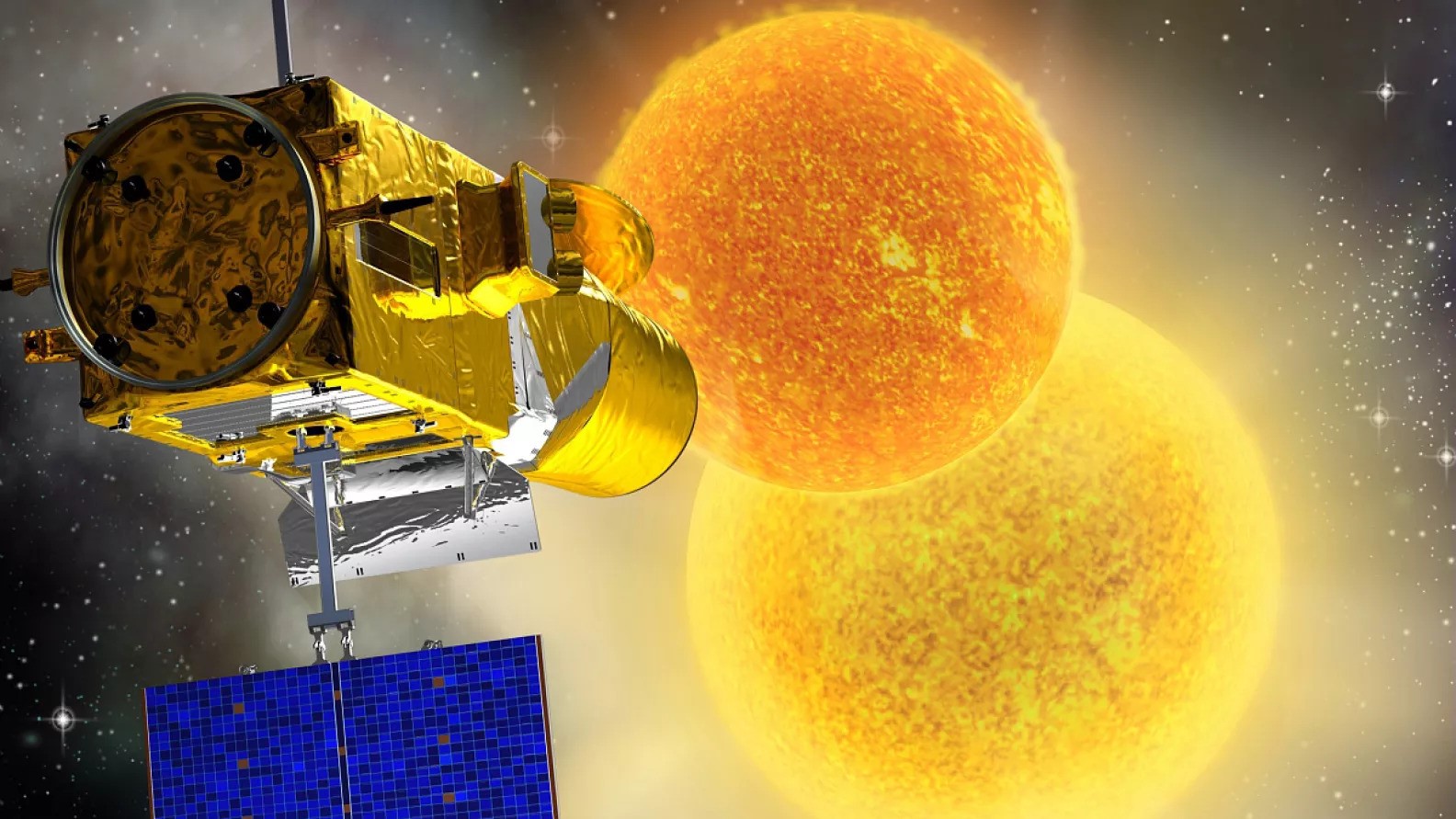
-> Kepler
The first mission by NASA to search for and study exoplanets the size of Earth was the Kepler space telescope. After being launched in 2009, Kepler studied over 500,000 stars and found that planets are more prevalent in our galaxy than stars. The telescope detected planets by observing tiny dips in star brightness as planets transited their stars. Kepler’s mission duration was coming to an end. But in order to meet the stated scientific objectives, the mission needed to be continued. After a senior review, NASA announced that the mission would continue. K2 (as the extended mission was called) continued to discover exoplanets and study various cosmic phenomena until it ran out of fuel in 2018. Kepler’s data completely transformed our understanding of planetary systems and the potential for habitable worlds.
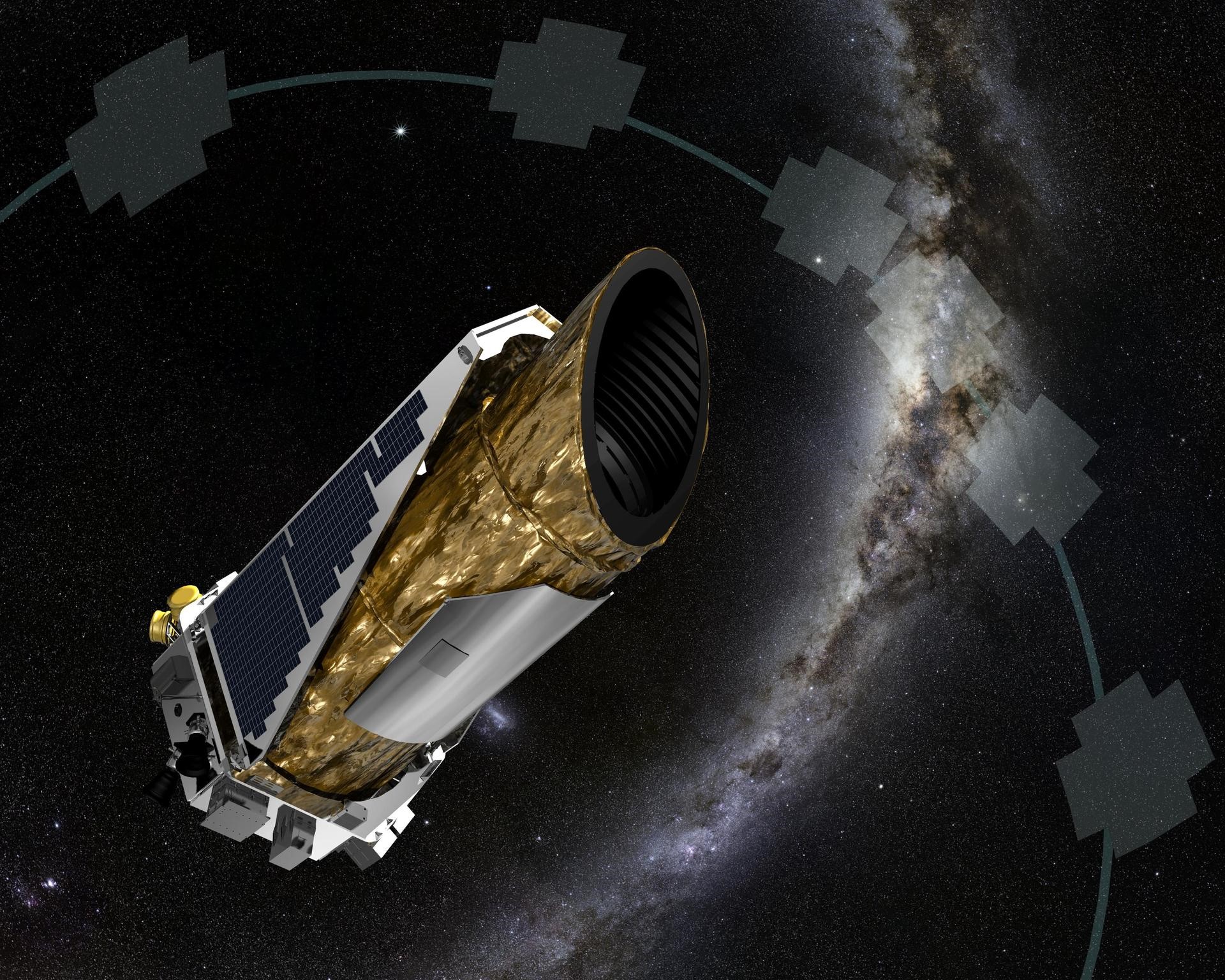
-> Tess
The Transiting Exoplanet Survey Satellite, or TESS, is a NASA space telescope launched in April 2018. Just like its predecessors, it used the transit method to detect exoplanets. The difference is that TESS looks for smaller planets around the nearest stars in the sky while covering an area 400 times larger than the Kepler mission. Its primary mission surveyed 85% of the sky, focusing on the brightest nearby stars, and identified over 7000 exoplanet candidates as of July 2024, with about 500 confirmed! The discoveries made by TESS, particularly small, rocky planets in habitable zones, provide prime targets for further study for missions like the James Webb Space Telescope. The mission is led by MIT and currently continues in its second extended phase.
-> Other search projects include spectrographs — instruments that measure the properties of light to discover exoplanets. These include HARPS (discovered 134 exoplanets) and ESPRESSO (discovered Proxima Centauri), among others. There is not enough data to go over these individually, but remember that there are other means of discovering exoplanets, not just space-based telescopes!
-> In addition to space-based telescopes, there are also ground-based telescopes. Looking to the future, we have to mention ELT – Extra Large Telescope. As the name suggests, the telescope is… surprise, surprise, quite large.
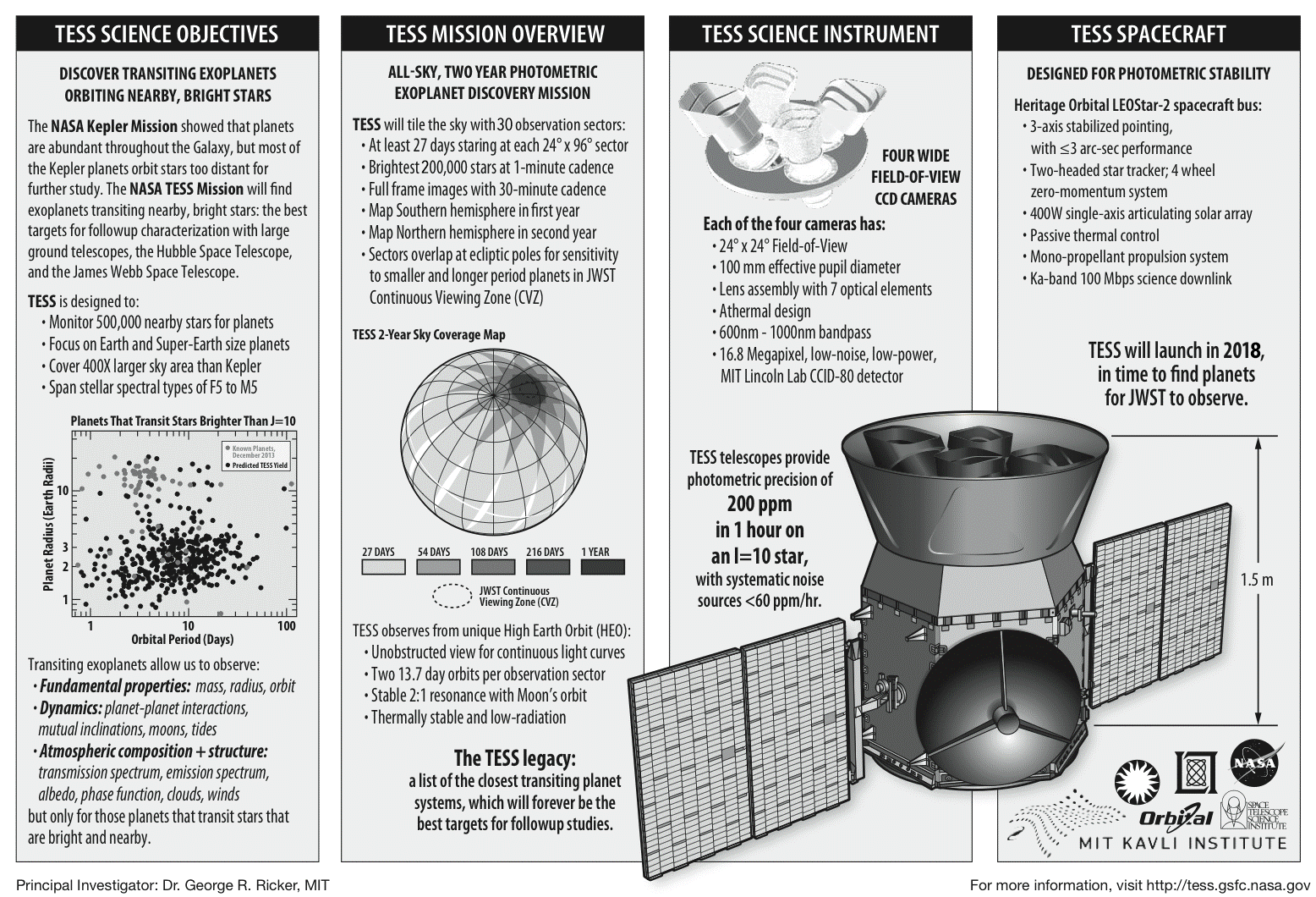
The EXTREMELY LARGE telescope is an astronomical observatory being constructed by the European Southern Observatory (ESO). It will be the world’s largest optical/near-infrared telescope, featuring a 39 meter segmented primary mirror and advanced adaptive optics. The ELT aims to explore Earth-like planets, early galaxies, and dark matter, potentially leading to discoveries such as evidence of extraterrestrial life (we can only hope!). The construction began in 2014 in Chile’s Atacama Desert, and we can expect the first light –the first use of a telescope to take an astronomical image– as early as the second half of this decade!

Conclusion
In conclusion, the exploration of exoplanets has opened up new horizons in our understanding of the universe. Through the use of advanced telescopes and technologies, scientists are uncovering an incredible diversity of worlds beyond our solar system, each with its own unique characteristics. These discoveries not only deepen our knowledge of planetary formation and evolution but also bring us closer to answering one of humanity's greatest questions: Are we alone in the universe? As research continues to advance, the study of exoplanets holds the promise of revealing even more about the mysteries of space and potentially finding other habitable worlds.

Cosmox Blogs
A non profit organization that works on writing and delivering blogs on cosmology, natural sciences & environment, so that people can learn more about it. We even run a forums page, where our users interacts with each other and discuss about Cosmology, Natural Sciences & Astronomy. We even run an instagram and a youtube channel with podcasts.